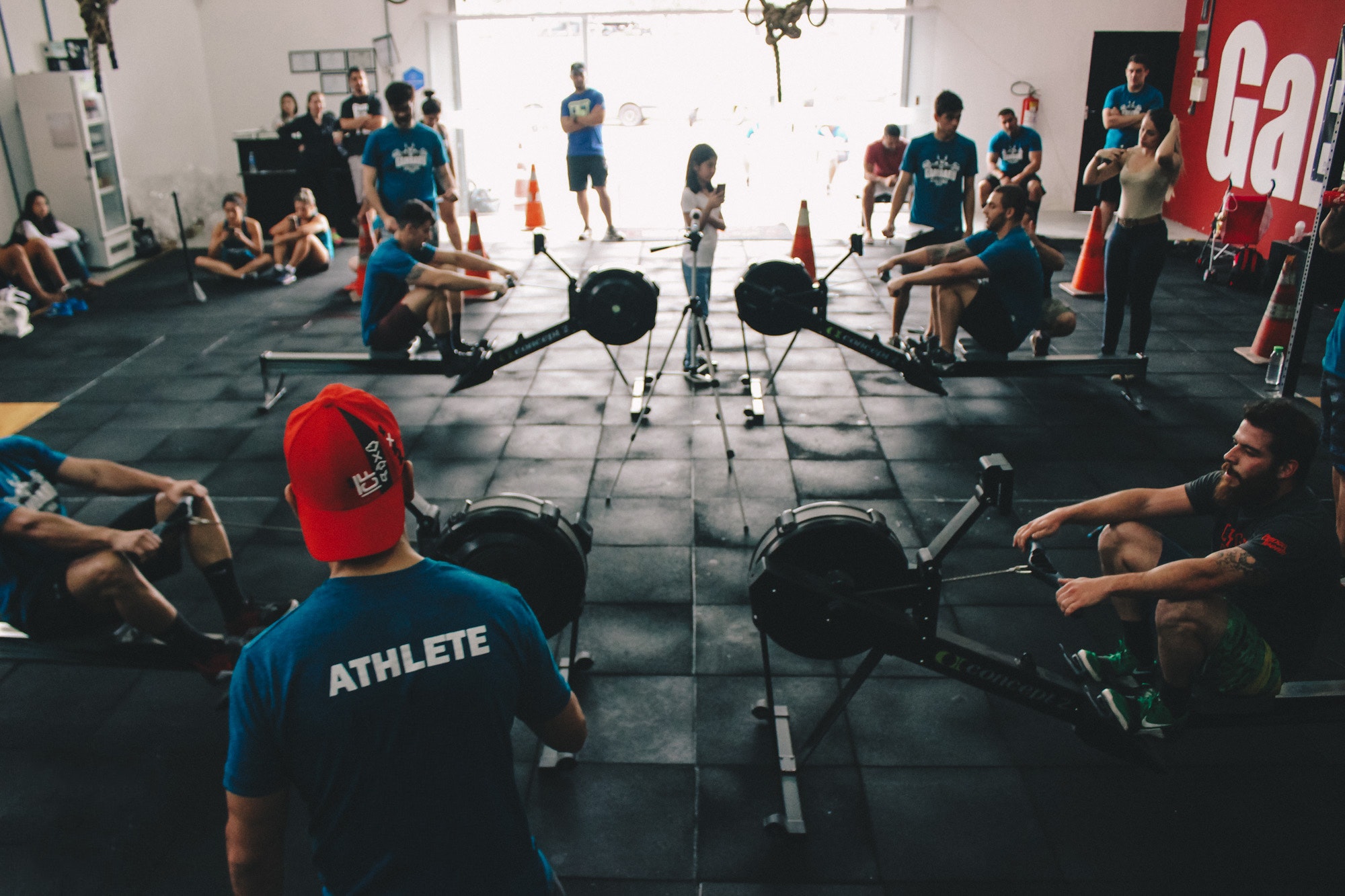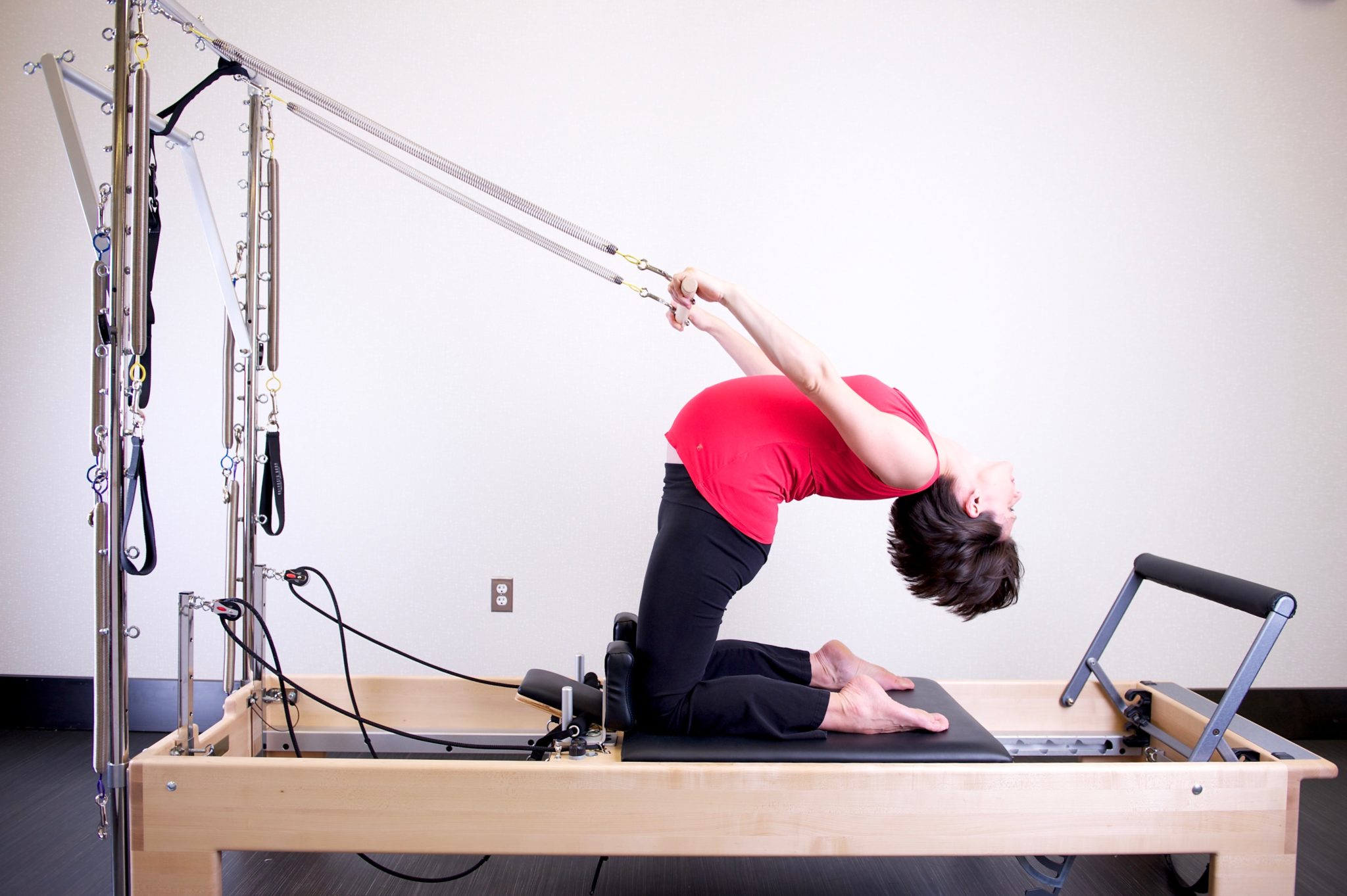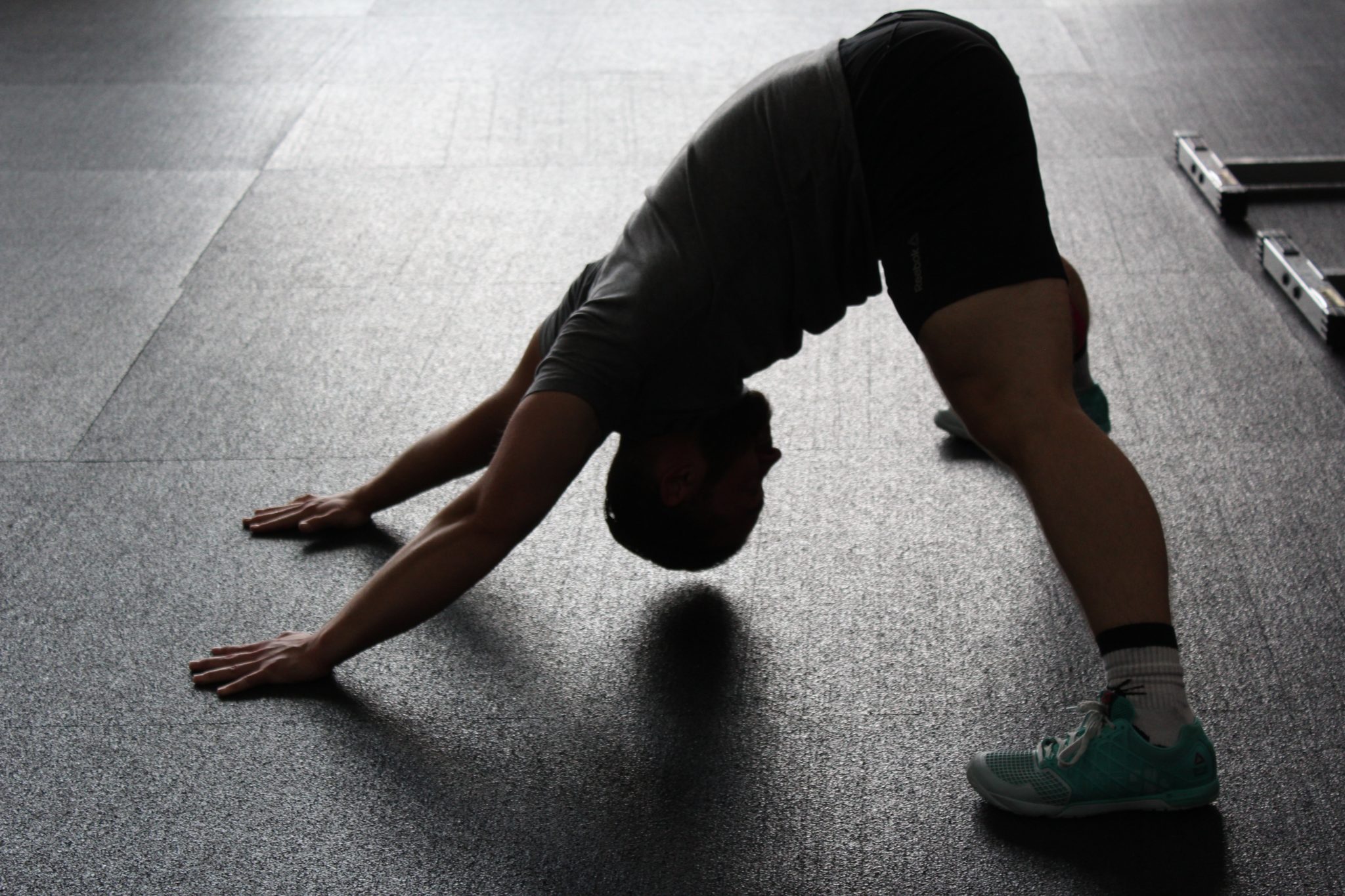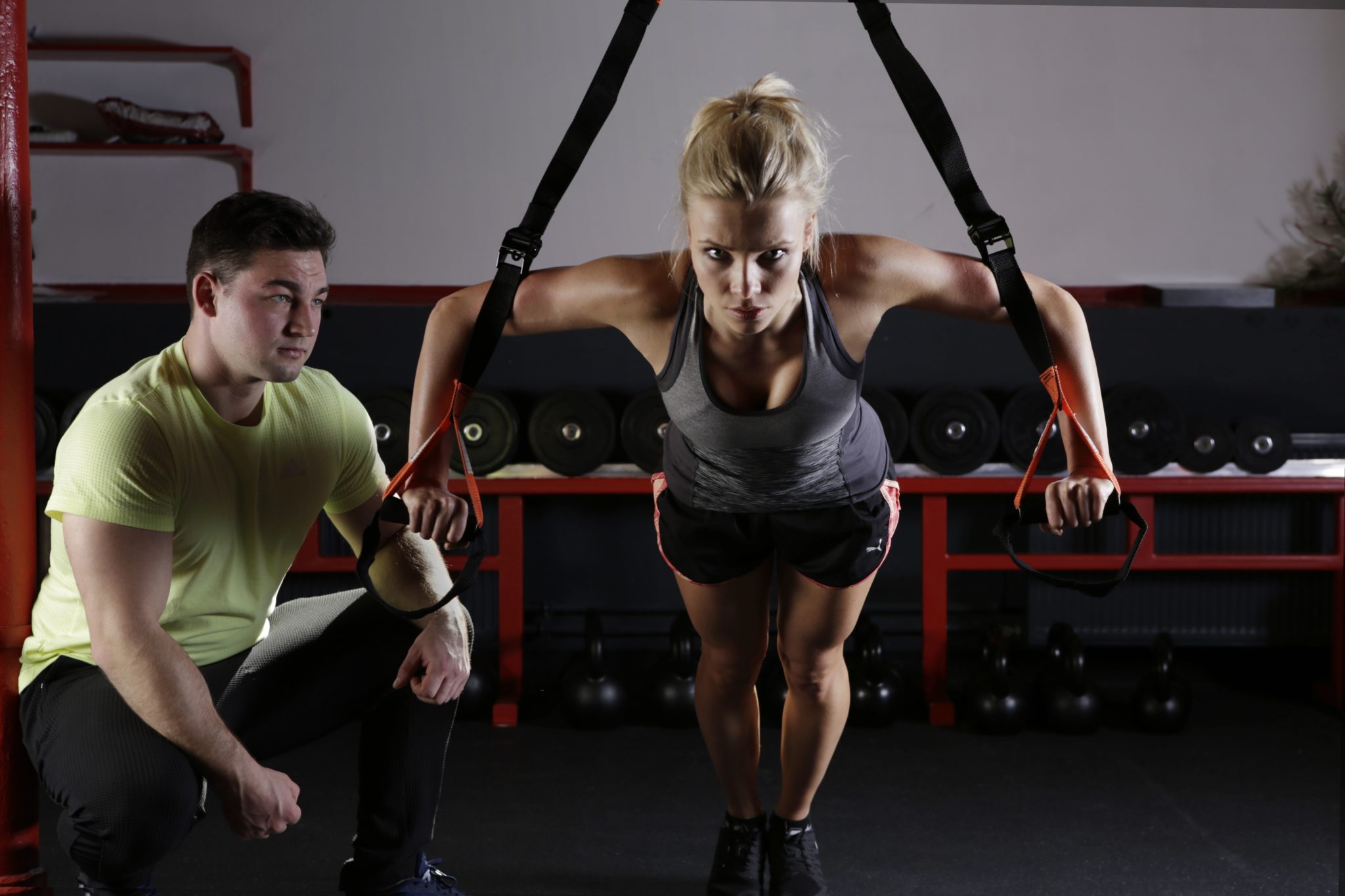Resistance bands :
These brightly-colored rubber bands are the perfect choice for any home gym.
Whether you’ve got a full weight-training setup or you prefer bodyweight exercise, the resistance band is a versatile tool to improve everything from mobility to maximum strength.
Stick with us because in this short article you’re going to learn everything you need to know about the why and how of resistance bands!
Resistance Bands: What Are They?
Resistance bands are basically tough, elastic bands that are designed to be used in exercise and sports training.
They can be any length, but the main two are “loops” that are put around body parts – such as the hip circle – or full-length bands that can also be used with weight training equipment.
They’re used for a variety of reasons:
- Stretching
- Bodyweight strengthening
- Resistance training
We’re going to break these down one by one, so you know what you can expect from a high-quality resistance band.
Why We Love Resistance Bands So Much
Home gyms require you to be space-efficient. When you’re in charge of buying and storing everything, you need to get the most out of equipment.
Resistance bands are the perfect bang-for-your-buck purchase. They have many uses, they’re cheap, you can store them easily, and they make everything you do in training better.
You can also take resistance bands anywhere – making it possible to get a great workout on the road, on camping trips, or when enduring the in-laws. This makes them unique among workout tools: good luck doing this with a barbell!
Stretching
Bands make the perfect stretching tool for many reasons.
To start with, they apply gradual resistance. You’re subjecting your muscles to an increasingly more challenging stretch using bands. This is going to make it easier t get into the right positions and combat stubborn, tight muscles.
A great example of this is the shoulder dislocates. The point of this exercise is to warm up the shoulders and loosen off tight muscles in the chest. Bands are much better than a wooden rod for this, as they’ll actively open your chest up and force you to improve on the stretch.
Flexibility is good, but it isn’t much use if you can’t control your shoulders:
“flexibility without strength may predispose the individual to joint injury”
– David Joyce
Elastic resistance forces you to control the movement while you develop greater flexibility. This is crucial for reducing injury and strengthening connective tissues!
Elastic resistance is popular with the world’s best weightlifters and, if it’s good enough for them, it’s good enough for us!
Advanced Mobility
Resistance bands play a big part in advanced mobility techniques and rehabilitation after injury.
Kelly Starrett’s approach to mobility involves bands to improve stretching exponentially. There are dozens of examples of this from improving hip stretches to building ankle mobility. If you’re serious about your mobility, bands can take it to the next level and save you hundreds of hours in the long-run!
They’re also a key part in physiotherapy and rehab. Bands are great for stability and strengthening work – allowing you to improve movement quality and strengthen neglected muscles. These all add up to mean healthier, safer joints.
Bodyweight Strengthening
Are pull-ups too difficult? Add a band.
Are push-ups too easy? Add a band!
Bodyweight strengthening is amazing: gymnastic strength training should be a part of everyone’s exercise routine. However, because you’re using your own body weight it can be hard to scale this to get easier or more difficult since you can’t add/lose weight that fasts.
Resistance bands can be used to assist exercises by attaching them to something that reduces the effect of gravity on you. Dips are a great example – you can put your knees in a band to make the exercise much easier and build towards full dips.
On the other hand, you can make exercises more difficult by adding a band. When performing a push-up, you can put the band in either hand and around your back so that it adds resistance towards the top of a push-up.
This is a great example of how versatile the resistance band is: it can make exercises easier or harder. It’s an easy way of scaling any exercise you can think of!
Resistance Training
If you’re training for strength, power, or sports performance, resistance bands are perfect.
Adding bands to exercises like squats, deadlifts, and even sprints can provide amazing benefits for explosive power. By overloading the top of the movement (when the bands are elongated and provide most resistance) you can develop power in the knee- and hip extension.
Put simply, it makes these exercises easier at the bits that are usually easy. This ensures you’re putting maximum effort into the movements that build strength and power for other sports like Olympic lifting, sprinting, jumping and field sports (like rugby).
Closing Remarks
Resistance bands are great because they’re versatile, compliment every other type of training, and they’re amazingly practical.
With a key role in building strength, improving mobility, and preventing injury, resistance bands are amazing for your health and fitness goals.
If you’re short on money or you’re not sure what to buy for your home gym to get maximum value, they’re the right choice for you.
Read Also :





























